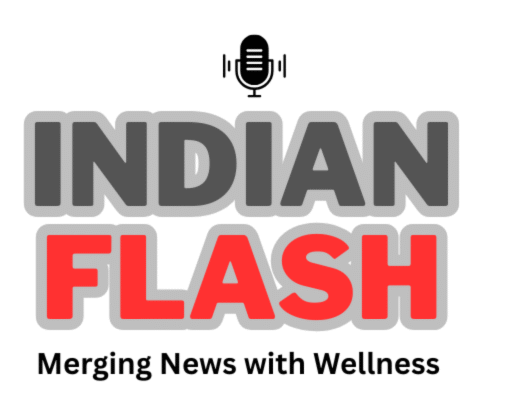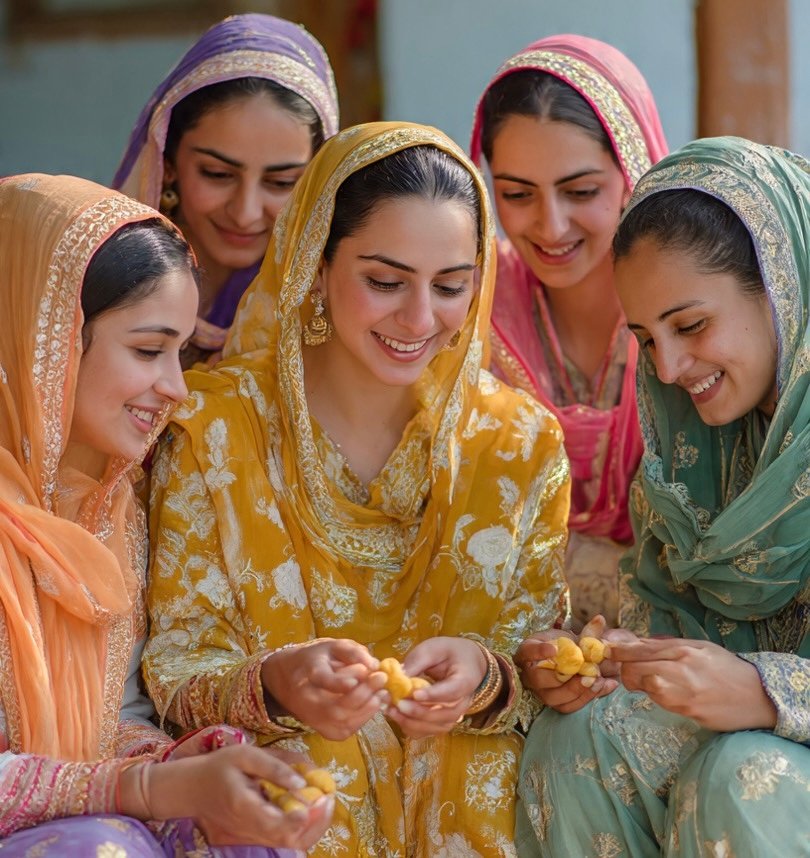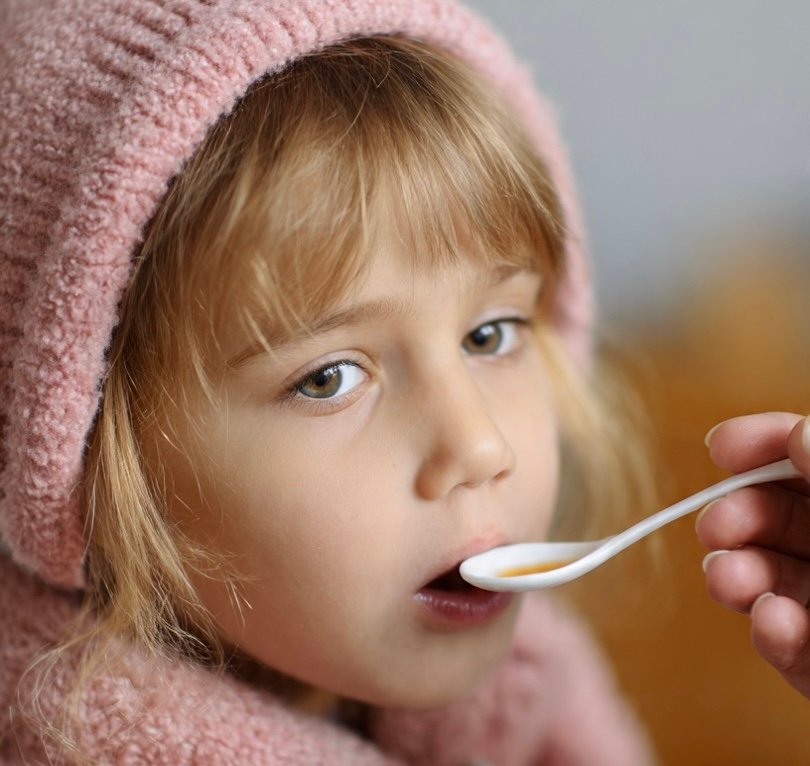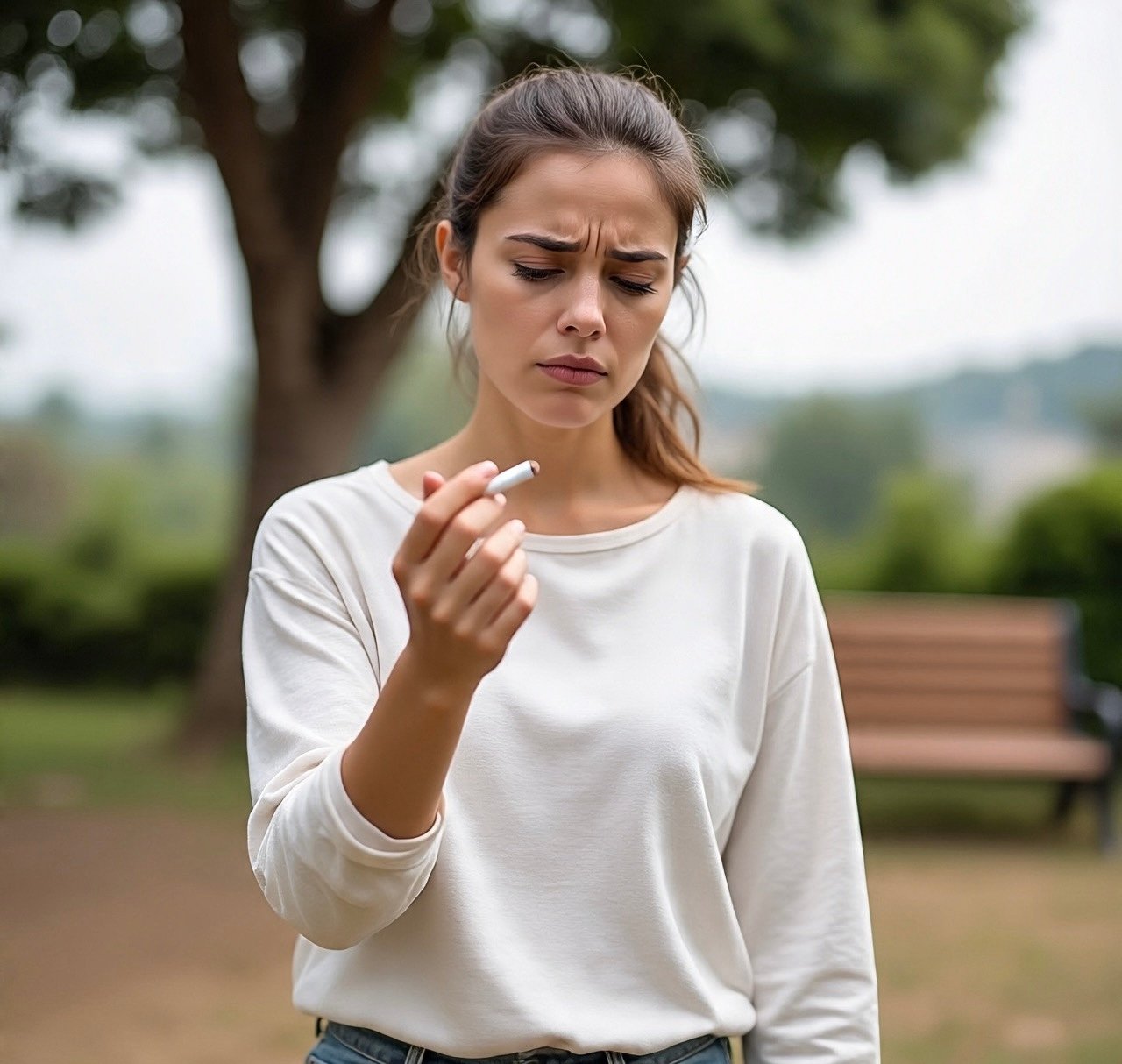A new survey has uncovered an alarming reality—69% of households in Punjab, Haryana, and Himachal Pradesh are addicted to sugar. Despite increasing awareness about diabetes and obesity, sugar remains deeply ingrained in the region’s food culture.
From morning chai to evening sweets, sugar dominates the plate and palate. Health experts warn that this unchecked craving for sweetness is silently fueling a public health crisis.
Survey Findings: The Bitter Side of Sweetness
According to the Times of India report, nearly seven in ten households consume more than the recommended daily sugar limit. Only three out of ten families are open to switching to low-sugar or sugar-free alternatives.
The study highlights that urban households consume more packaged sugary foods, while rural families rely heavily on sweetened beverages and homemade desserts. This pattern reveals a deep-seated cultural connection to sugar, reinforced by traditions and festive foods.
Why Are These States Consuming So Much Sugar?
The high sugar intake in these regions is driven by a mix of lifestyle, tradition, and accessibility. Punjabi and Haryanvi cuisines often include laddoos, jalebis, halwa, and sweetened lassi—items rich in sugar and ghee.
Moreover, social gatherings and religious offerings often involve sweets, making sugar not just a food ingredient but a symbol of celebration and hospitality. However, experts emphasize that frequent consumption of such high-sugar foods has long-term consequences.
Health Risks: More Than Just Weight Gain
Excessive sugar intake doesn’t just cause weight gain—it can lead to type 2 diabetes, hypertension, and cardiovascular diseases. Studies show that India already has over 100 million people living with diabetes, with the numbers rising sharply in northern states.
Doctors also warn that sugar affects brain chemistry, triggering cravings similar to addictive substances. Over time, this can create a dependence cycle, making it harder to cut back on sweet foods.
The Hidden Sugars in Everyday Foods
Even if you don’t eat sweets daily, you may still be consuming sugar unknowingly. Packaged foods, sauces, biscuits, and even breakfast cereals often contain added sugars under different names—such as maltose, dextrose, or corn syrup.
Nutritionists recommend checking food labels carefully. Ideally, sugar should make up less than 10% of daily calorie intake, which is about 50 grams per day for adults. Most households, however, exceed this limit several times over.
Why People Resist Low-Sugar Alternatives
Despite awareness campaigns, many consumers remain skeptical of sugar substitutes. Some fear that artificial sweeteners might be unhealthy, while others say they don’t match the traditional taste.
Health experts suggest gradual substitution—using natural sweeteners like stevia, jaggery, or honey—and reducing sugar levels slowly to retrain the palate.
How to Reduce Sugar Without Sacrificing Taste
Small changes can make a big difference. Here are practical steps for reducing sugar consumption:
- Cut down gradually: Reduce sugar in tea, coffee, and desserts step by step.
- Choose fruits over sweets: Natural sugars in fruits satisfy cravings healthily.
- Avoid sugary drinks: Replace sodas with water, coconut water, or unsweetened herbal teas.
- Cook at home: Preparing meals allows better control over sugar levels.
- Check labels: Watch for hidden sugars in packaged foods and drinks.
Government and Public Health Initiatives
Public health experts urge greater regulation of sugar content in packaged products. Some suggest implementing a “sugar tax” to discourage high consumption, similar to measures in other countries.
State health departments are also promoting awareness programs in schools and villages, encouraging families to adopt balanced diets and active lifestyles.
Q&A: Understanding India’s Sugar Problem
Q: Why are sugar consumption rates so high in these states?
A: Cultural traditions, festive sweets, and easy access to processed foods drive high sugar consumption in Punjab, Haryana, and Himachal.
Q: Is jaggery a healthier alternative to sugar?
A: Jaggery contains trace minerals and fewer chemicals, but overuse still adds calories and can affect blood sugar levels.
Q: Can sugar addiction be real?
A: Yes, sugar can trigger dopamine release in the brain, leading to cravings and dependency similar to addictive substances.
Q: What’s the ideal amount of sugar per day?
A: The World Health Organization recommends keeping sugar intake below 10% of total daily calories, ideally under 50 grams per day.
FAQ: Managing Sugar Cravings and Health Risks
Q1: Does quitting sugar completely improve health?
Reducing sugar drastically can improve energy levels, mood, and metabolic health, though moderation is key for sustainability.
Q2: Are diet sodas safe?
Diet sodas contain artificial sweeteners. While safer than sugary ones, experts still recommend limiting consumption.
Q3: How can families manage sugar during festivals?
Opt for homemade sweets with less sugar, share smaller portions, and include fresh fruits in festive meals.
Q4: Can children develop sugar addiction?
Yes. Early exposure to sugary snacks and drinks can condition children’s taste preferences and raise obesity risks later in life.
Conclusion
The sugar addiction sweeping across northern India reveals the urgent need for awareness, moderation, and mindful eating. Balancing cultural traditions with health-conscious choices is crucial to preventing diabetes, obesity, and heart disease. By embracing gradual lifestyle changes, reading labels, and choosing natural alternatives, families can sweeten life—without compromising their health.
Disclaimer:
The information provided in this article is for general informational purposes only and should not be considered medical advice. Always consult a qualified physician or healthcare professional before starting any new health practice, treatment, or following the tips mentioned here.




